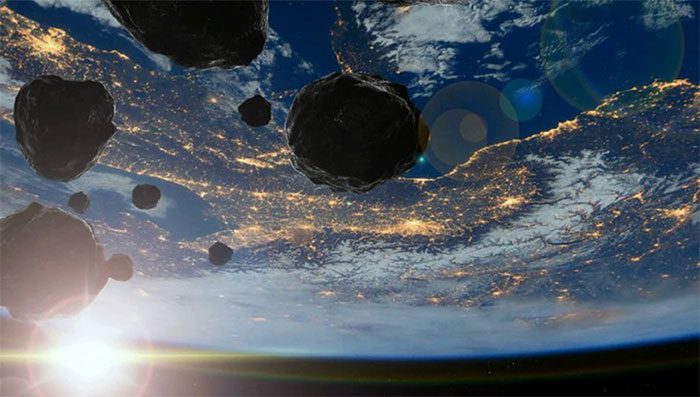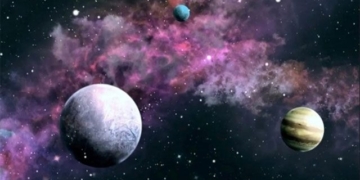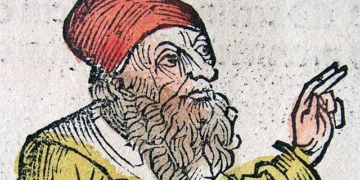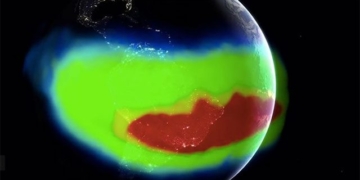Mysterious fragments that do not belong to anything known on Earth have been uncovered from the Dessert Formation of the renowned Pilbara Craton in Western Australia, a site that has previously provided significant discoveries about the primordial Earth.
This finding has not yet been officially published in a scientific journal but was briefly presented at the 54th Lunar and Planetary Science Conference (Texas – USA), where an international team of scientists from Australia, New Zealand, Austria, and Argentina stated that these fragments are remnants of the oldest asteroid known to have collided with Earth.
Drilled from a volcanic rock group of the Pilbara Craton – a primordial remnant of the Earth billions of years ago – the fragments are dated to be up to 3.48 billion years old, older by about 10 million years than the oldest asteroids previously found.

Ancient extraterrestrial fragments found in Australia – (Image courtesy of SCIENCE TIMES).
The research team concluded that these fragments are of extraterrestrial origin by analyzing their chemical composition, revealing significantly higher concentrations of platinum group elements compared to Earth rocks, as well as some minerals that are only found in meteorites.
The fragments also exhibit spherical or droplet-like shapes, characteristic of “impact spheres” typically found when meteorites crash into Earth.
Evidence of ancient meteorite impacts on Earth is often difficult to find due to the continuous tectonic processes and erosion that disrupt the planet’s surface.
However, with the Pilbara Craton being a remnant of ancient crust from billions of years ago, these fragments have been remarkably preserved. Discovering these ancient extraterrestrial visitors is extremely valuable, as it could help unravel much about Earth’s history and how the planet has “matured” due to various external factors – including the hypothesis that life was seeded by asteroids and comets.




















































